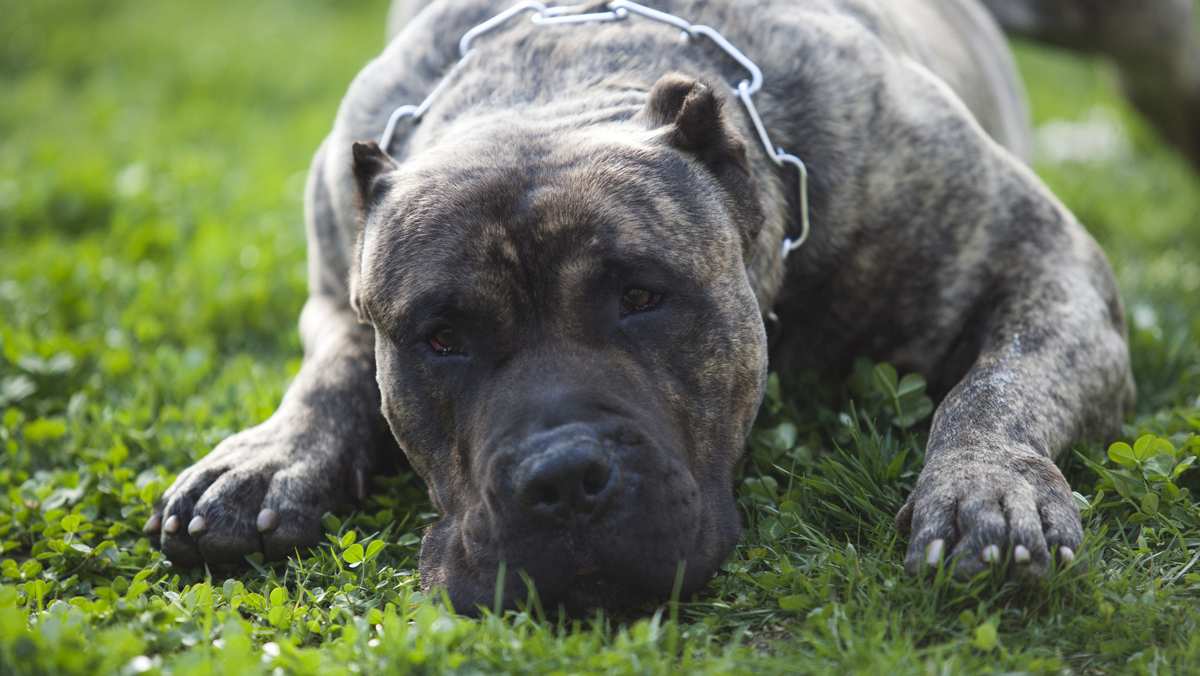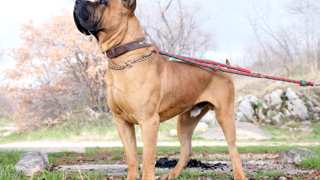Presa Canario Breed Details
The Presa Canario was raised as a hunting, herding and guard dog, and for a couple centuries it was also developed as a fighter. These days, the breed is used for herding and guarding cattle and as guard dogs for homes and other property. The AKC has this breed noted in its FSS program and therefore has no formal categorization. The FCI classifies Presa Canarios as a "Swiss Mountain and Cattle dog." To be sure, these dogs are not at all for first-time families. Even if you are experienced with the breed, small children and small pets will make living with a Presa Canario extremely difficult. Consider these Presa Canario facts:
PROS
- Easy to groom
- Barks very little
- Sheds minimally
- Superb guard dog
- Excellent watchdog
- Noted cattle herder
- Great for highly active people
CONS
- Easily bored
- Banned in UK
- Loves to roam
- Very hard to train
- Difficult to socialize
- Extremely strong hunting instinct
- Remarkably expensive in every way
- Requires a huge home and secure yard
- May be illegal to own in some places
- Gives little warning before attacking
- Tends to be aggressive with other dogs (also dangerous to bystanders)
- Presa Canario attacks are few but often fatal
- Once mature, is not good with second owners
- Has a fair amount of serious possible health concerns






